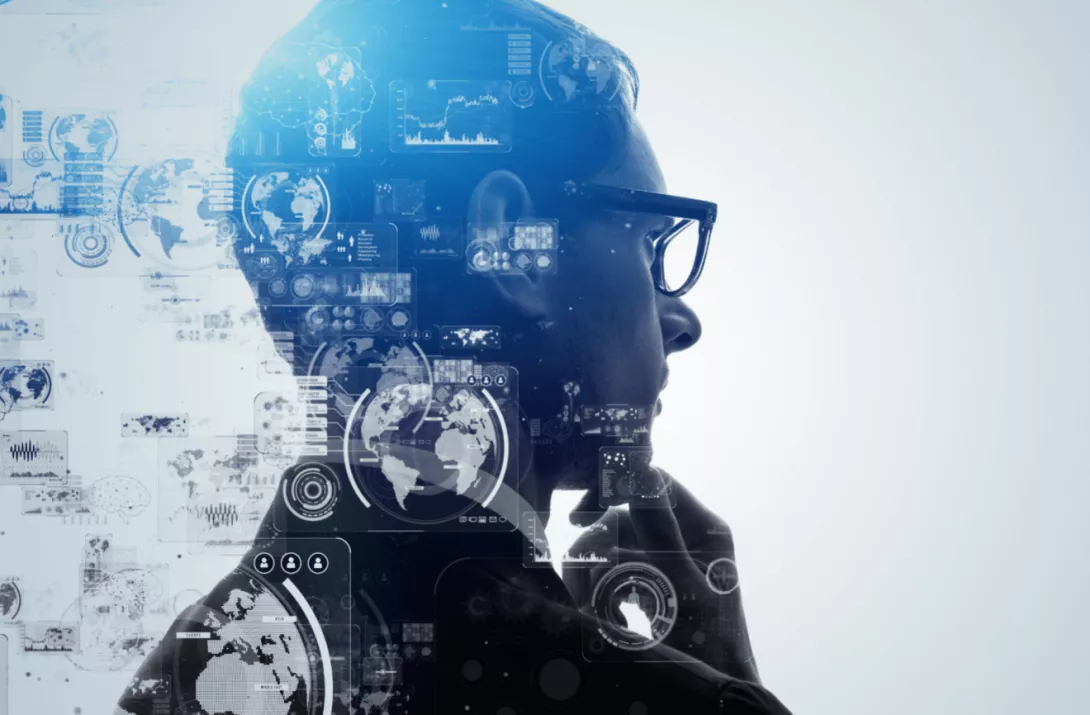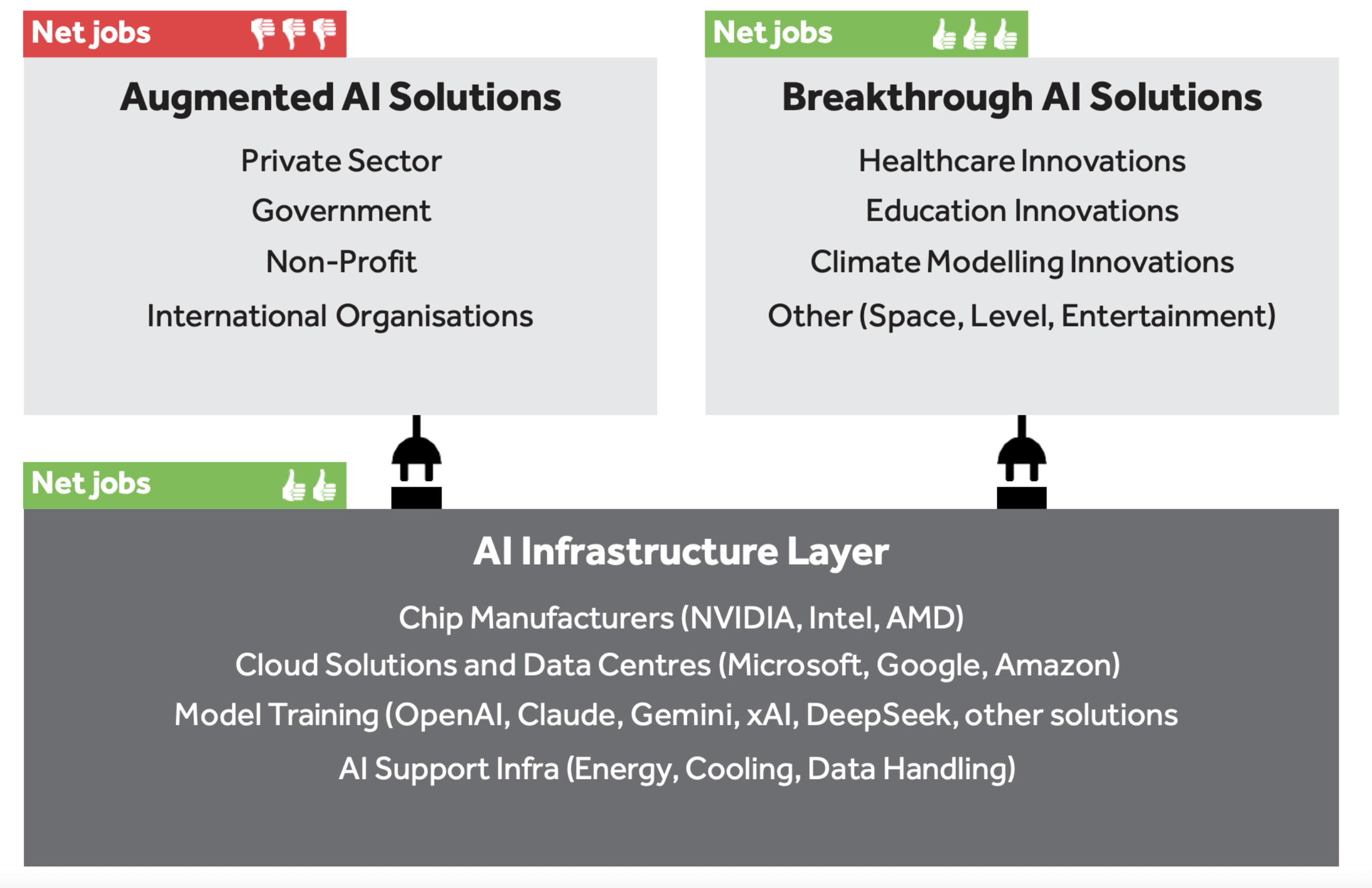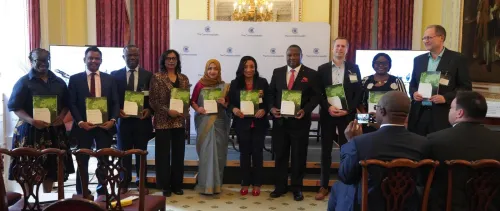
In my previous blog about digital colonialism, I provided a framework to show how economic value will be eroded from developing countries to countries which host – not necessarily own - the AI infrastructure. I argued that the winners and losers of the AI age will be determined by how countries position themselves to adapt their workforce from its current state to an AI-powered one. This is where the opportunities lie.
In a nutshell, a reminder of the framework is captured in Figure 1.

The value of the future will not be in the AI infrastructure layer
The current focus of most stakeholders is on the AI Infrastructure layer. Many tech leaders have compared AI, as a technology, to innovations like electricity and the internet. The common thread among these comparisons is that they all describe commodities - high-volume, low-margin technologies. AI will follow a similar trajectory.
We are already seeing this trend with DeepSeek, an open-source large language model (LLM) developed at a fraction of the cost incurred by large companies.
The AI Infrastructure layer will provide AI-as-a-service for countless applications. Basically, just like you must pay your electricity bill for using your electrical devices, or internet bill for using online applications, one will have to pay the LLM providers for providing the intelligence to power your AI-based applications. However, the price paid will be like the lower price paid to a utility provider and not one paid for a differentiated service.
The real value will emerge from applications built on top of the AI Infrastructure
It is likely that new jobs will be needed in the Augmented AI Solutions layer to transition existing ecosystems to AI-powered ones. There will be significant job losses in these areas. However, AI will allow for breakthrough solutions for the greater good – and this will create new jobs. Some potential solutions include:
- Healthcare: AI can accelerate drug discovery, potentially even curing diseases that have long eluded researchers. It can help detect cancer early on and even slow the effects of ageing.
- Education: AI can revolutionise learning by providing personalised education tailored to individual needs, overcoming the one-size-fits-all model of traditional classrooms.
- Energy and Climate: AI can optimise energy consumption and develop highly efficient renewable energy systems. It can enhance carbon-capture technologies and improve climate modelling to help mitigate natural disasters.
- Agriculture: AI can dramatically improve crop yields through precision farming techniques.
National and sectoral AI strategies critical to remaining competitive
The key to unlocking these opportunities lies in a nation’s ability to transition its human capital to be able to embrace new, AI-driven ones. A national AI strategy should provide a high-level vision, addressing issues like workforce development, ethics, and data sovereignty. Sector-specific strategies can help identify tailored opportunities in key areas such as healthcare, education, energy, and agriculture.
As we look to the future, here are some key questions to consider when developing AI strategies:
- How can nations build digital infrastructures that foster and retain local value while engaging globally?
- What does inclusion look like in an AI-powered economy?
- How should workforce development evolve in the age of AI?
- How can education systems best prepare future generations for digital challenges?
- What regulatory frameworks will balance innovation with ethical practices?
- How can countries remain competitive in global AI markets without compromising local interests?
- How might changing work models redefine our understanding of employment in the future?
For now, let these questions serve as a call to action for policymakers: be proactive in crafting AI strategies that are both innovative and inclusive, paving the way for a transformative future. The future isn’t waiting, it’s here, now.


